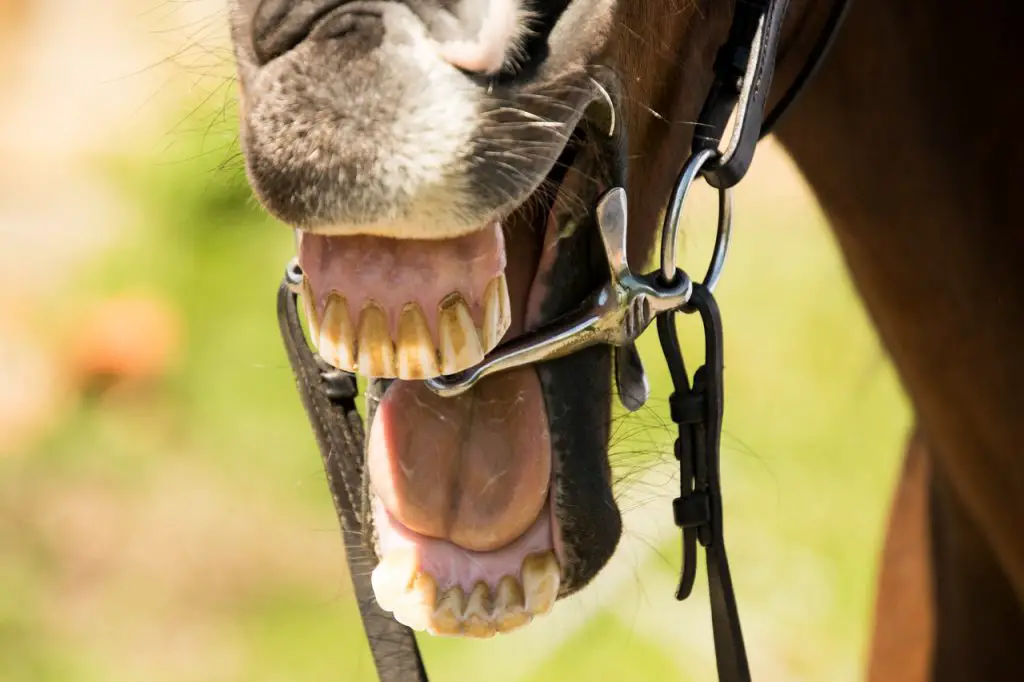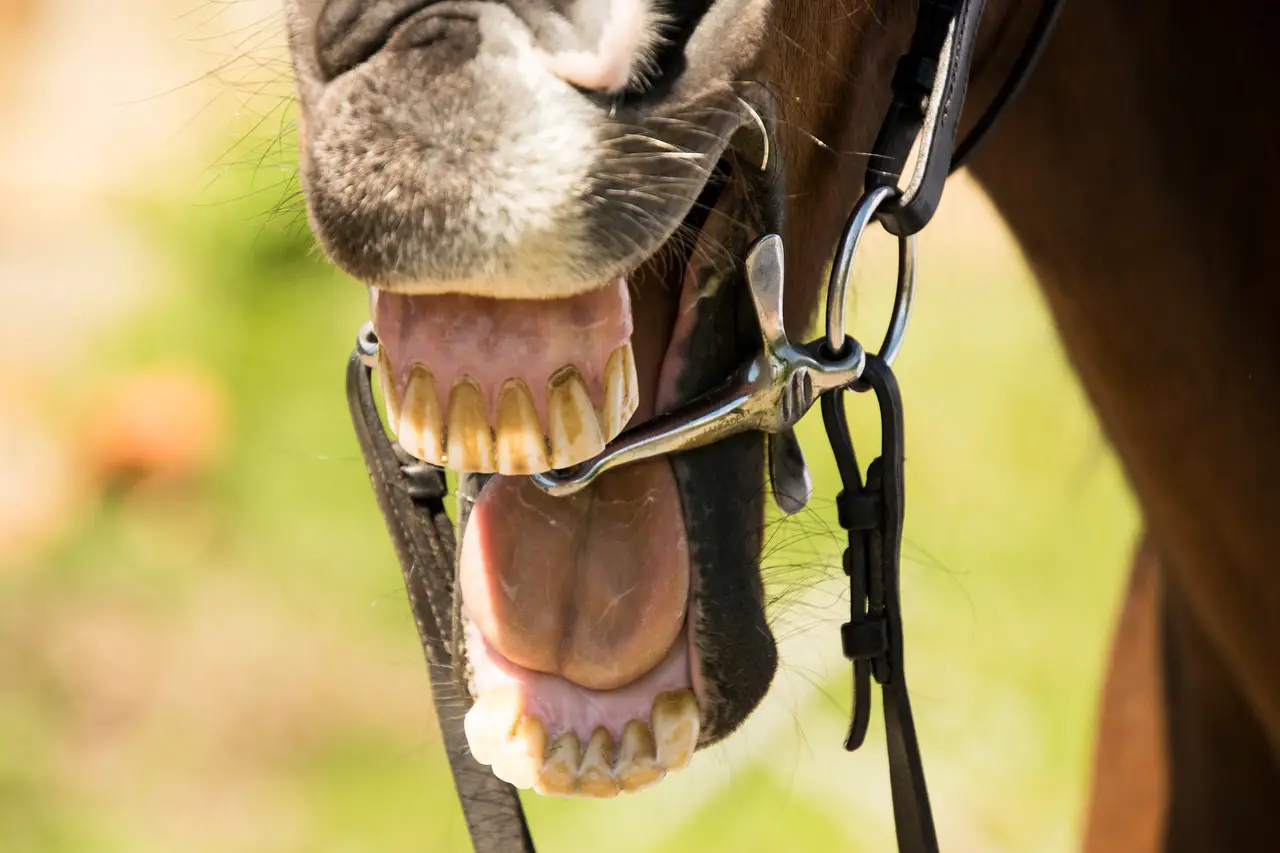Last Updated on February 23, 2022 by Allison Price
Here’s what horse gum color tells us about his health, from salmon pink to brick red.
Don’t be surprised if your veterinarian asks you to examine your horse’s gums if your horse is injured or ill. Any variation in the color of his gums could reveal a lot about the horse’s health.A horse’s gum color can tell a lot about its health.

A high level of bilirubin (a pigment that is released when red blood cells are broken down) can cause yellowish to yellowish brown hues. If the liver is not able to remove the pigment from the bloodstream, yellowing gums could indicate liver problems. A horse that eats high amounts of beta carotene (found in foods such as carrots and alfalfa) can cause yellowing of the gums.
* Pale pink gums, which can appear almost white, may indicate a reduced circulation, anemia or fever, and/or systemic stress.
Low oxygen levels and/or systemic stress can cause grayish-bluish shades of white. Each tooth may have a blue-gray outline.
* Endoxemia or severe dehydration due to poisoning by toxic plants can result in dark bricks or blood-red gums.
You can detect subtle changes in your horse’s gum color more easily by being familiar with his normal gum color. This may be slightly darker after exercising. Regularly inspect your horse’s gums to ensure he is healthy.



